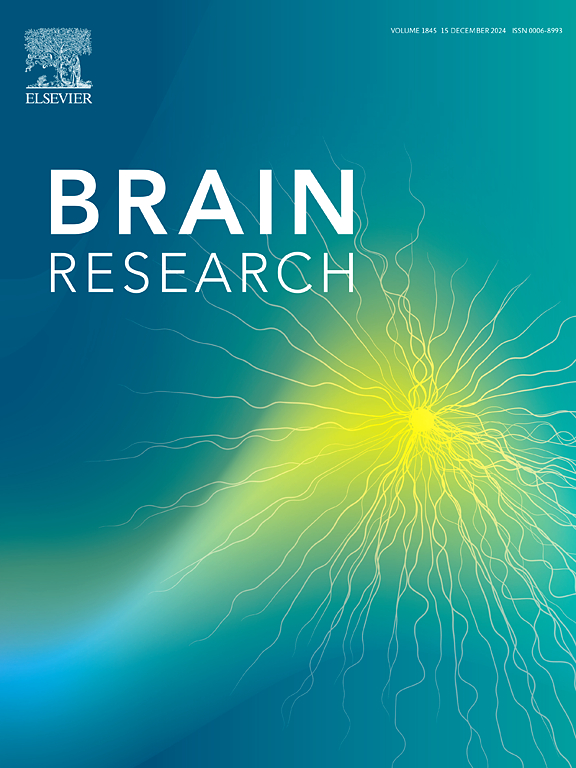Tac1-expressing neurons in the central amygdala predominantly mediate histamine-induced itch by receiving inputs from parabrachial Tac1-expressing neurons
IF 2.7
4区 医学
Q3 NEUROSCIENCES
引用次数: 0
Abstract
Itch is a distinct and bothersome sensation closely associated with a strong urge to scratch. Both the parabrachial nucleus (PBN) and the central amygdala (CeA) are responsive to itch stimuli and contain neurons that express tachykinin 1 (Tac1), which are known for their significant involvement in itch-induced scratching at both spinal and supraspinal levels. Significantly, the PBN neurons project their axons to form close connections with the CeA neurons. However, the role of the PBNTac1-CeATac1 pathway in modulating itch remains to be determined. We utilized immunohistochemistry, fiber photometry, chemogenetic, and behavioral techniques to investigate the role of the PBNTac1-CeATac1 pathway in itch. Our results indicate that neurons in the CeA can be more activated by acute itch than chronic itch. Notably, in response to acute itch stimuli, both CeATac1 and PBNTac1 neurons were specifically activated by histamine (His)-induced itch. Furthermore, the Tac1-positive terminals from the PBNTac1 neurons formed close connections with CeATac1 neurons. We also demonstrated that activating the PBNTac1-CeA pathway using a chemogenetic approach could increase scratching behaviors in His-induced itch, other than chloroquine (CQ)-induced itch. Conversely, inhibiting the PBNTac1-CeA pathway decreased scratching behaviors in mice with His-induced itch. Taken together, these results suggest that the PBNTac1-CeATac1 pathway may play a specific role in modulating His-induced acute itch.
求助全文
约1分钟内获得全文
求助全文
来源期刊

Brain Research
医学-神经科学
CiteScore
5.90
自引率
3.40%
发文量
268
审稿时长
47 days
期刊介绍:
An international multidisciplinary journal devoted to fundamental research in the brain sciences.
Brain Research publishes papers reporting interdisciplinary investigations of nervous system structure and function that are of general interest to the international community of neuroscientists. As is evident from the journals name, its scope is broad, ranging from cellular and molecular studies through systems neuroscience, cognition and disease. Invited reviews are also published; suggestions for and inquiries about potential reviews are welcomed.
With the appearance of the final issue of the 2011 subscription, Vol. 67/1-2 (24 June 2011), Brain Research Reviews has ceased publication as a distinct journal separate from Brain Research. Review articles accepted for Brain Research are now published in that journal.
 求助内容:
求助内容: 应助结果提醒方式:
应助结果提醒方式:


